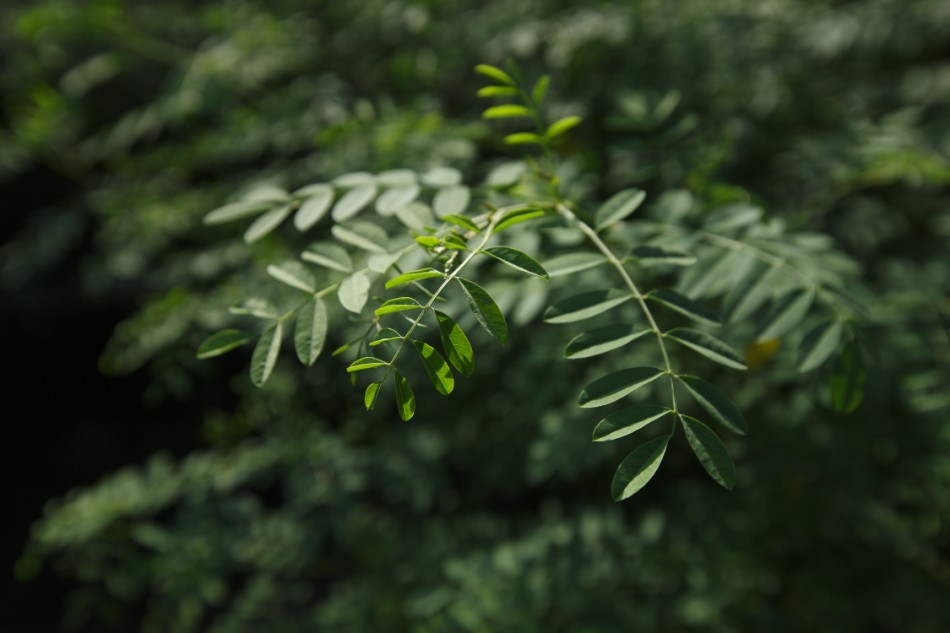
An artist helps indigo-dyed clothes to be dried in the open
Living Blue: Reflections on Indigo from Hand/Eye’s Editor
Nilpharmari, a word coined by the British for the growing of indigofera tinctoria, means “the cultivation of blue.” Bangladeshi social enterprise Living Blue farms gorgeous indigo whose aesthetic worth is matched by the community assets it creates on the way from farm fields to gatherings of passionate craftophiles at the Santa Fe International Folk Art Market, happening from July 10 to 12, in Santa Fe.
The history of indigo cultivation on the Indian subcontinent goes back many millennia to the Bronze Age Indus valley civilization of Mohenjo-Daro, where archeologists have found evidence of indigo dye pots. During the era of British colonization and prior to the invention of synthetic dyes, indigo crops were so valuable for export that they were grown plantation-style – at a cost of many lives and human suffering. Today, with the return of natural dyes as a burgeoning fair trade movement in the global market, Living Blue’s indigo is grown in Bangladesh by smallholders who are compensated fairly for their efforts. The artisans involved in Living Blue are treated as shareholders of the company, and they share in the success of this socially motivated venture. Many of the shareholders turn their bonuses into community sanitation projects and other investment in their home villages which benefit not just indigo makers, but everyone around them.
From a textile point of view, there is a lot to admire as well: Living Blue turns indigo into beautiful, high quality textiles using the finest methods of two cultures. Japanese shibori, a revered tie-dye tradition, produces undulating, wave-like patterns called mokume which are prized for their supple graphic movement. Bengali running-stitch textiles, known as kantha, are taken back to their roots with an almost forgotten technique called dheu, a gently gathered running stitch whose rolling puckers also resemble the movement of water.
The combination of mokume and dheu on indigo is like deep blue streams running through your hands. This sensation is reinforced by the softness of textiles touched for weeks by the skilled hands of Bangladeshi artisans, most of whom are women. There is no machine-made stiffness here, but rather the warm presence of people and ancient methods.
For more information about the Folk Art Market, visit folkartalliance.org.

Indigo leaves

Fabric being Shibori-tied

A Khadi Shibori quilt

The Bangladeshi indigo artists of Living Blue give back to the community in infrastructure projects and other social good

An artist helps indigo-dyed clothes to be dried in the open
